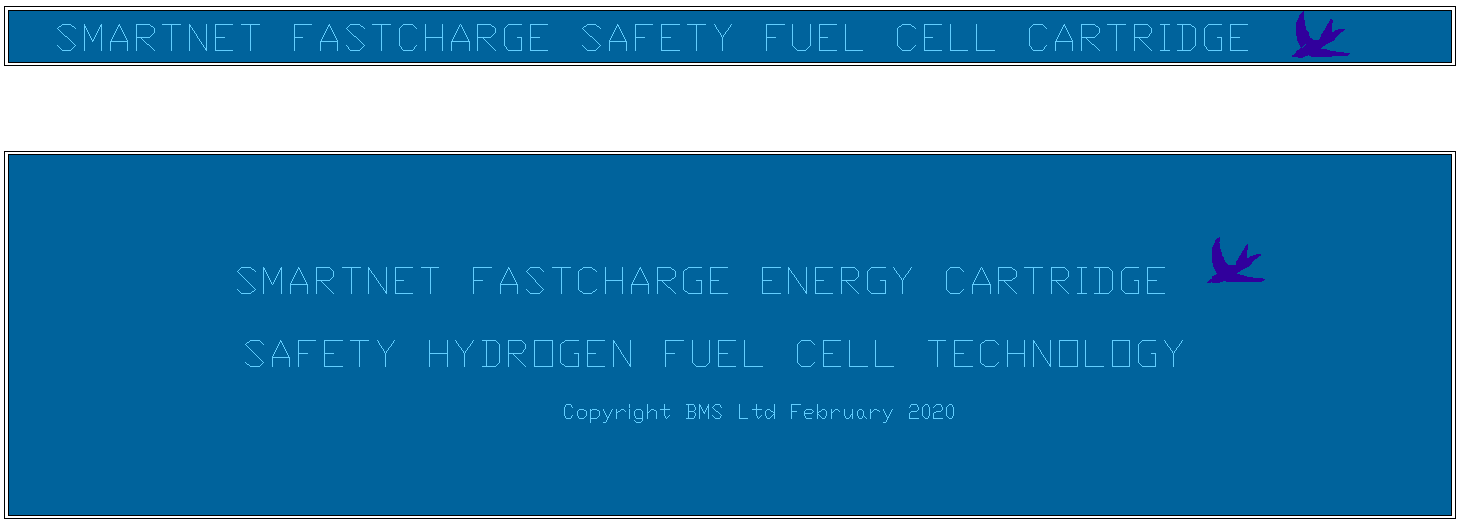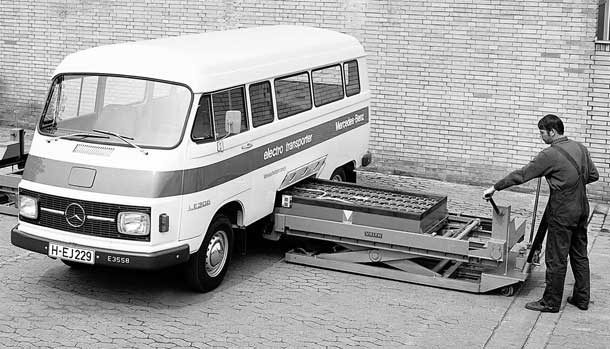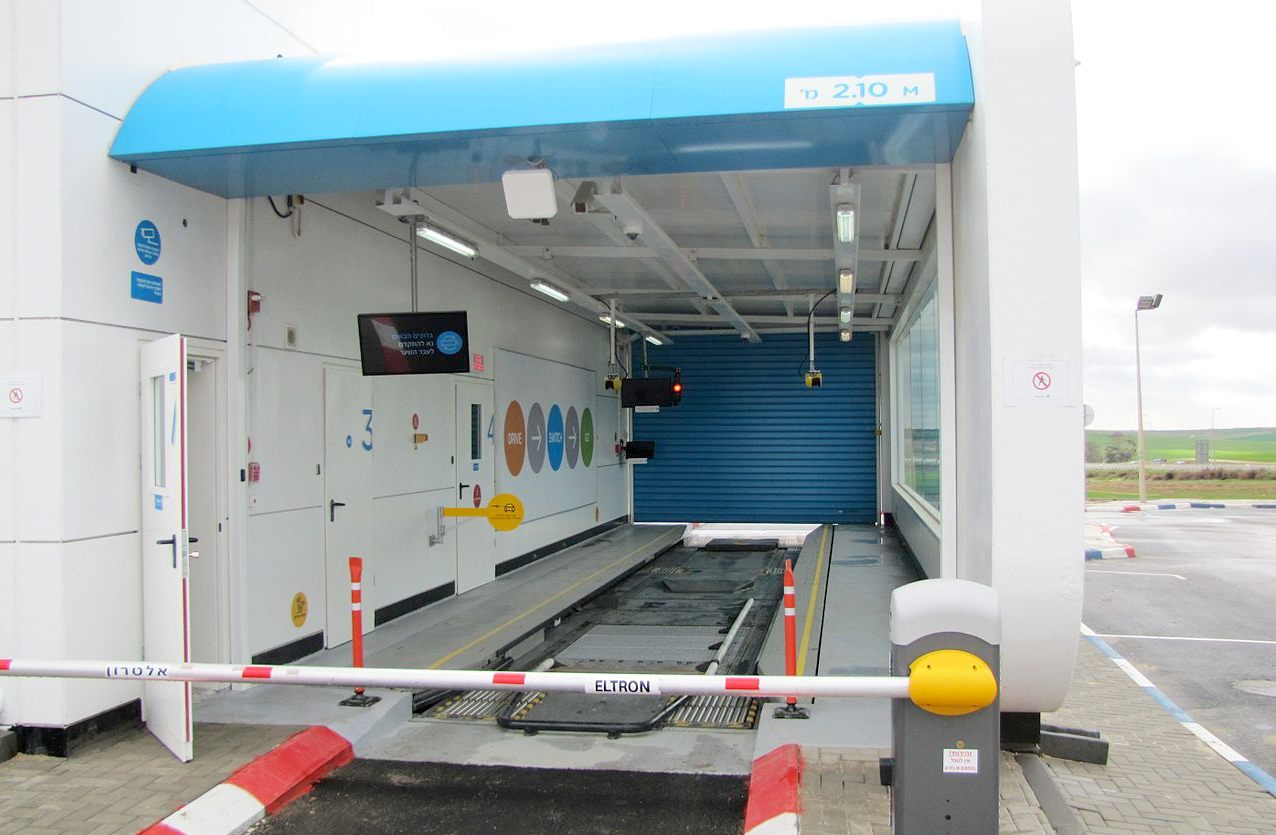|
WHY
BATTERY SWAPPING
Please use our A-Z INDEX to navigate this site or see HOME
|
||||
HYDROGEN FUEL CELL CARTRIDGE - It looks like a battery cartridge. It performs like a battery cartridge. It stores energy like a battery cartridge, but it is a hydrogen fuel store and fuel cell cartridge combination. Where lithium and cobalt raw materials may limit the production numbers of EVs as green motoring becomes the norm, hydrogen in a safe format might offer unlimited possibilities. The concept is compatible with SMARTNET FASTCHARGE service stations. NOTE: This is just a concept, not a product yet. More development is needed to before mass production could be entertained.
Proprietary technology
And it is, but why not engage positively with IP that is free, so saving development time & money.
Unlike standardized charging protocols, they're not likely to sign up to use exactly the same battery pack size, shape, and capacity as their competitors.
But this is a standard charging protocol, the plug standard was forced by EU legislation in 2014.
For one thing, the pack is a core piece of the car's strength and crash structures, and the vehicle must be engineered around it.
There
are a number of battery vehicles all engineered around the cartridge.
They
don't like others to play with their toys.
It actually makes it easier to concentrate on design selling features.
EARLY BATTERY SWAP - In 1972, Mercedes built an electric bus called the LE 306. The vehicle was limited to 40 miles of range but, according to a company press release, the battery could be replaced using a “push-through horizontal-exchange technology.” The release promised that the process, mostly manual, would take the same time as a fill-up at a gas station. Eighty-nine prototype vehicles were built and the battery swapping system was “extensively tested,” according to the company.
Technology like this could never compete with the convenience of fossil fuels. But it 1972 nobody could have predicted lithium batteries. They could have used Henry Ford style automation to speed up exchanges. Such automation was proposed as early as 1991, being rejected by the California Air Resources Board (CARB), despite extremely visible carcinogenic smogs killing their residents with lung cancer.
Naysayers and skeptics look at reasons to fail. Visionaries search for ways to succeed. It is not possible to find a solution if you start with a negative attitude. You need champions with grit to push for advance.
The only car ever built with a removable battery pack--the version of the Renault Fluence ZE for the now-defunct Israeli company Better Place - used an air-cooled pack that eliminated the need to disconnect and reconnect liquid-cooling pipes.
While Tesla demonstrated a battery swap for its Model S, which has a liquid-cooled pack, it hasn't released details of how the various connections, coolant pipes, and so forth are quickly disconnected and then reconnected within less than 120 seconds.
NIO
in China is also making cartridge swap vehicle, without any problems.
With
the right equipment and vehicle design, manual roadside
servicing is possible.
But what do you think? How would you make battery swapping work?
In fact, battery storage is gaining in popularity as a means of mobility and energy security and for load leveling.
New York Times
In December 2008, New York Times writer Jim Motavalli also questioned Better Place’s battery swapping approach. “A jumble of battery types from various automakers, without industry-wide standardization, could obviously turn such a plan into a nightmare."
We agree that standardization is the key to maturing a concept that has been on simmer for long enough for global warming to escalate to an emergency situation.
Southern California Edison
Other industry experts - even strong advocates of electric cars - have questioned battery-swapping. Ed Kjaer, director of electric transportation at Southern California Edison, said, “With battery swap-outs, you’re dealing with 300 pounds of batteries and every one is different.” Kjaer was speaking at Auto FutureTech, an industry conference held in March 2008. He said, “You’ve got liability issues. You have issues around how that battery has been consumed by the previous driver. It’s not there today because the technology is not mature and we don’t have standardization.”
EUROPEAN AUTO MANUFACTURERS:
- Audi - BMW - Citroen - Fiat - Ford - Lotus - Mercedes - Peugeot - Renault - Seat - Smart
BETTER PLACE - Better, it might have been, but future proofed enough for a developing market, it was not. This early battery cartridge exchange station from Better Place, was a stepping stone in the evolution of the electric vehicle. We should not undervalue the efforts of those brave engineers who took a chance and failed. Because with each failure we know to look elsewhere for a solution. The epitome of perseverance in the face of adversity is Thomas Edison, when developing the incandescent light bulb.
CONTACTS
Solar House BN27 1RF, United Kingdom PIC No: 895922168
A - Z of CARS and MOTORCYCLES
LINKS & REFERENCE
https://www.plugincars.com/mercedes-rejects-electric-car-battery-swapping.html https://www.plugincars.com/mercedes-rejects-electric-car-battery-swapping.html https://www.greencarreports.com/news/1090933_standardized-electric-car-battery-swapping-wont-happen-heres-why
Please use our A-Z INDEX to navigate this site
|
||||
|
This website is provided on a free basis as a public information service. copyright © Climate Change Trust 2021. Solar Studios, BN271RF, United Kingdom.
|


